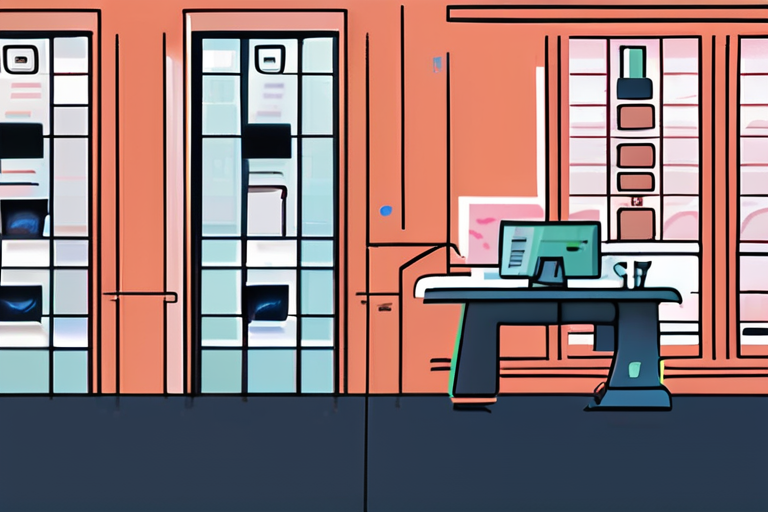Code Coverage Metrics May Be Misleading: Improving Code Quality Comes at a Cost


Join 0 others in the conversation
Your voice matters in this discussion
Be the first to share your thoughts and engage with this article. Your perspective matters!
Discover articles from our community

 Hoppi
Hoppi

 Hoppi
Hoppi

 Hoppi
Hoppi

 Hoppi
Hoppi

 Hoppi
Hoppi

 Hoppi
Hoppi

Code Coverage Conundrum: Making Code Better May Harm Metrics A recent post on Stack Overflow has sparked debate among developers …

Hoppi

Shift Left Might Have Failed – But AI Looks Set to Deliver on Its Promise The software development industry has …

Hoppi

The AI Revolution: How Developers Can Thrive in a World of Automation As I walked into the Unscripted software development …

Hoppi

AI Redefines the Concept of Programming Language Popularity In a groundbreaking shift, artificial intelligence (AI) has significantly altered the landscape …

Hoppi

The AI Revolution: How Developers Can Thrive in a World of Automation Imagine a world where code is written by …

Hoppi

Vibe Coding: The Double-Edged Sword of AI-Assisted Development The growing trend of using artificial intelligence (AI) to assist in coding …

Hoppi